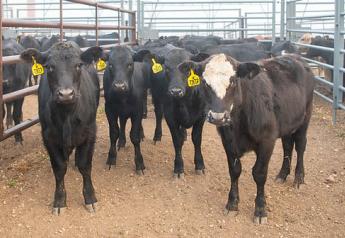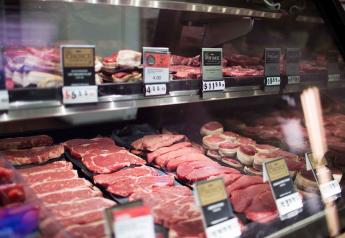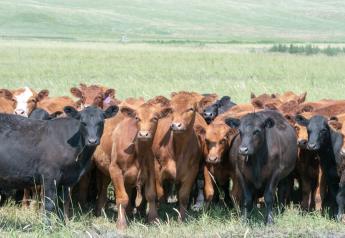July Cattle on Feed and Cattle Inventory Reports: Here’s What to Expect

With the Cattle on Feed report and Cattle inventory report set to be released today, what numbers can we expect to see?
Kevin Coburn, senior economist focused on agriculture for the S&P Global Commodity Insights, joined “AgriTalk” to discuss what he expects in today’s reports.
Considering the cattle on feed numbers, “over the past few months, we've had some lower placement numbers behind year-ago levels and that's really transitioning us from those record numbers we had late winter to early spring to pretty close to year-ago levels right now. And as is the case with most of these cattle on feed reports, the placement numbers are going to be the ones to watch as the market continues to balance out what the drought movement is of cattle and these tighter cattle supplies,” Coburn explains.
Feedlot inventories have been trending at record high levels the past couple of quarters, and Coburn does not expect anything different as the movement off pastures from drought has continued. Additionally, heifers in feedlots will likely remain high, which lends to a longer-term cycle in the beef herd.
“We need to stop that if we are going to rebuild the commercial beef herd out there at some point. We need to pull the females out of the feedlot and put them out on pasture and get them ready to have calves,” Coburn says.
As the numbers in cattle on feed likely remain high, Coburn expects the fed cattle prices to reach highs later this year and into 2023.
Slaughter numbers continue at a high rate, and Coburn describes the drought and subdued margins at the cow-calf level as major factors in the herd numbers.
“I've got total all cattle and calves down 2 million head from last year. That's going to feature a beef cow number, I think down 900,000 head from last year. And once you account for the steer and heifer supply, I think it’s going to give us an implied feeder cattle supply number of 1.1 million head below last year, and that would actually be the tightest feeder cattle supply since 2014,” Coburn estimates.
Cattle prices generally should be supported the rest of the year and into next year, but feed costs will continue to be a limiting factor. Even with a recent correction in feeder cattle prices and new crop corn prices making their way lower, historically, feed costs remain high.
When it comes to rebuilding the cattle herd, “the cost is the constraint right now, and that's really no secret to anybody,” Coburn notes.
High fuel costs and the high prices of hay are continuing to offset any potential gains a rancher gets on increases in cattle prices.
Coburn expects the contraction in the cow herd to continue into next year, which would place the cycle high in late 2023 to early 2024.
The Cattle inventory report and Cattle on Feed reports will be released at 3:00 p.m. CST on July 22 and will be found here.







